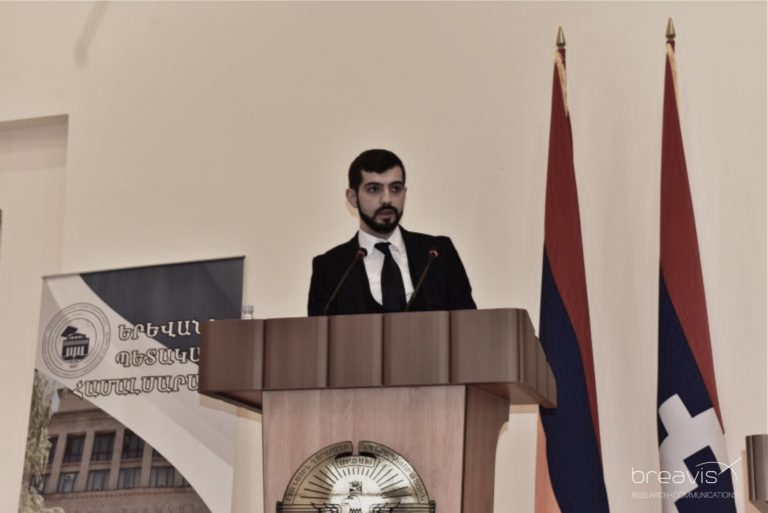In a recent study titled “Gender-Biased Sex Selection in the Republic of Armenia,” key findings were presented to stakeholders and the general public. The research aimed to assess the attitudes and behaviors of 18-49-year-old women, and their family members, regarding sex-selective abortions in Armenia. The research was conducted in June 2022 using a combination of quantitative and qualitative methods, including document analysis, telephone interviews, and focus group discussions.
Key Findings:
Preference of child’s sex:
The research revealed that there has been a decrease in the percentage of respondents who demonstrate an equal preference for the sex of their child compared to 2017. Interestingly, the preference for a child of any sex has increased. The study also found that the indicators of equal preference are directly proportional to the level of education and income, and vary across different regions of Armenia.
Preferred sex of child during the first pregnancy:
The preference for boys over girls persists during the first pregnancy. However, the proportion of those wishing to have a girl at the first pregnancy has increased since 2017. The findings also revealed interesting regional differences regarding child sex preference during the first pregnancy1.
Reasons for sex preference:
The reasons for preferring one sex over the other are deeply rooted in societal and cultural beliefs. For instance, the majority of respondents who preferred sons did so because they believed that “sons continue the lineage” and “sons are the defenders of the motherland”. In contrast, those who preferred daughters often cited reasons like “daughters are always ready to help parents” and “love for girls in the family is big”.
Sex preference by order of pregnancy:
The sex preference imbalance becomes more noticeable from the second pregnancy onwards, with a preference for boys growing. After the third pregnancy, the number of female fetus abortions increases compared to that of male fetuses.
Conclusion:
This research provides essential insights into gender-biased sex selection in Armenia, helping to inform the development of policies and interventions that can address this issue. Two policy briefs have been prepared based on the survey findings, focusing on the role of education, health systems, and regional and local authorities in preventing gender-biased sex selection. The research was carried out as part of a project implemented by the United Nations Population Fund (UNFPA) in cooperation with the OxYGen Foundation, and was funded by the European Union and UNFPA. The research was conducted by Breavis.



